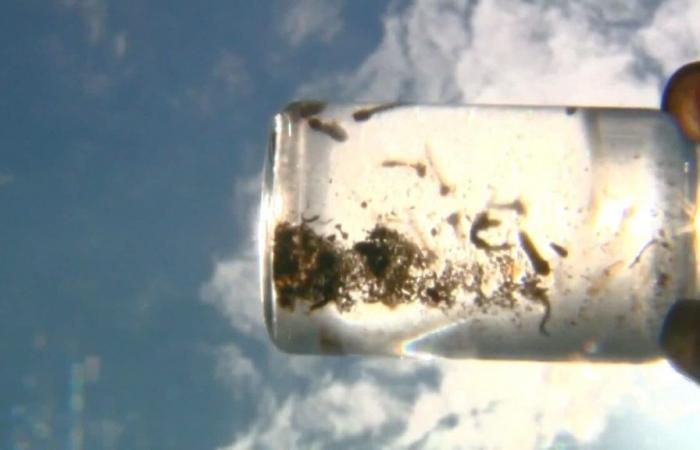Heat islands help the multiplication of dengue mosquitoes in large cities
In large cities, so-called heat islands have helped in the multiplication of the dengue mosquito.
In a place like São Paulothe differences between one neighborhood and another can be as big as the city itself. The Jaguara district, in the West Zone, has almost 100 times more dengue cases than Vila Mariana, in the South Zone.
“It’s me, my husband and my youngest boy at home with dengue,” says day laborer Renata Souza.
The disease affects the health and the survival.
“I think it’s new for those who didn’t get it. Here at Jaguara it’s awesome. And this leads to several things, we are left without work”, says Renata.
The neighborhood is in a region of the city identified by researchers from USP and Unesp as “strong heat island”, where the temperature tends to rise more than in the neighborhood. Heat islands are found in places with many buildings, for example, when one building is close to another, which retains heat.
Another factor that helps to heat up the environment is whether it is a industrial area. The intense movement of trucks, buses and cars contributes to the emission of greenhouse gases and the release of energy. It also does not help to cool the space when there is little green space, rivers and lakes.
Professor Tamara Carama, from the Faculty of Public Health at USP, explains how higher temperatures impact the development of aedes aegypti.
“Any change of even 2º C, 1.5º C, for the mosquito will have a very big impact. So, you have an increase in the mosquito population and what happens, when the female is infected by the virus, the virus needs to reach the female’s salivary gland. This lasts an average of 10 days. However, when you have a higher temperature, the time for the virus to reach the salivary gland is shorter”, explains the professor.
But it is a combination of factors that leads the dengue mosquito to find space and spread the disease, says professor Marcos Buckeridge, Institute of Bioscience at USP.
“You have to have an accumulation of clean water, water where the larvae can develop. The complexity of the system lies in the season, in the climate we have, in the humidity we have, in the temperature — if it is a heat island, the probability increases, and if it is a wooded region, the probability decreases. And, mainly, it depends on how people behave in that region”, he says.
Whether we live on a heat island or not, it is up to each of us to prevent this mosquito from gaining ground.
“When a person behaves badly and leaves the water and lets the insect develop, they harm themselves, their family and neighbors who will also be more likely to get dengue”, says Marcos Buckeridge.
Tags: Heat islands multiplication dengue mosquito large cities National Newspaper






